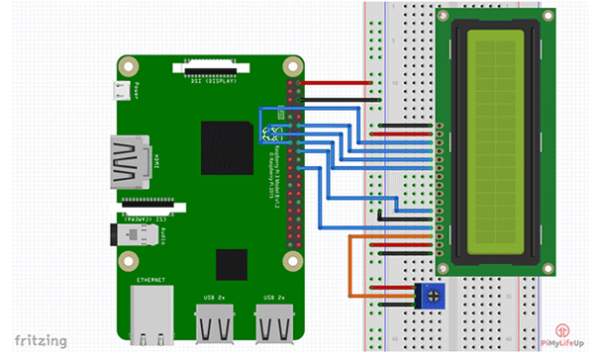
Save the file using Ctrl-o, Enter, Ctrl-x. Then paste the following into the editor: ĭescription=Start Steam Link at desktop load Use nano to open a new file: sudo nano /etc/systemd/system/rvice Note: For this guide I'm assuming that you already have the latest Raspbian and the Steam Link package already installed. Regardless of the bad press, systemd makes common tasks like this super easy and offers a lot of customization.

Using systemd, it's relatively easy to create a service that will ensure the Steam Link is app is running. A mouse or keyboard is needed to actually get into the application and not everybody wants to have another peripheral permanently connected.

The Steam Link app on the Raspberry Pi doesn't boot automatically into the program by default. Reboot and Steam Link will launch once the desktop is loaded.Īfter writing about my experiences with Steam Link on the Raspberry Pi, I thought I could address one of my complaints. Open autostart file sudo nano /etc/xdg/lxsession/LXDE-pi/autostartĪdd the following line to end of the file: using Ctrl-o and exit using Ctrl-x Unfortunately we lose some of systemd's nice features, like restart on crash, but basic boot-to-Steam Link functionality will work.

The recommended method now, to start Steam Link at boot, is using the desktop autostart settings. This also means that headless is not possible either. It is no longer possible to start Steam Link via systemd on the Raspberry Pi 4 with Debian Buster. Update for Raspberry Pi 4 and Debian Buster


 0 kommentar(er)
0 kommentar(er)
